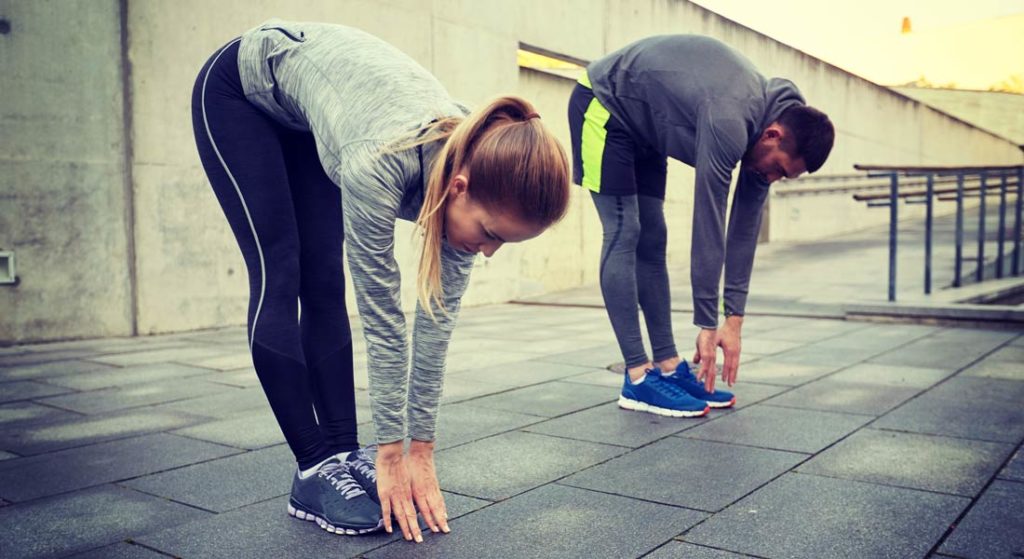We have all heard of the importance of stretching and yet it is amazing how many people do not stretch after their exercise. Stretching is a fundamental way to improve your overall health and fitness and help prevent injury during exercise. It should always be done after your exercise as it decreases the chances of injury.
Stretches can either be dynamic, which involves motion, or static which involves no motion. This article will briefly explain the different types of stretching.
Ballistic Stretching
This not-so-common type of stretching uses the momentum of the moving body in order to attempt to “force it beyond its normal range of motion”. This type of stretching might lead to injury because it does not allow your muscles to adjust to and relax in the stretched position. For example: bouncing down repeatedly to touch your toes.
Dynamic Stretching
Dynamic stretching consists of controlled leg and arm swings that take you gently to the limits of your range of motion. An example of dynamic stretching would be slow, controlled leg swings, arm swings, or torso twists.
Static Stretching
Static stretching involves holding a position, by stretching to the farthest point and holding the stretch.
Isometric Stretching
Isometric stretching is a type of no motion stretching that involves the resistance of muscle groups by tensing the stretched muscles. The use of this type of stretching is one of the fastest ways to develop flexibility and is much more effective than other types of stretching.
The hold-relax
This technique is also known as the contract-relax. After assuming an initial passive stretch, the muscle being stretched is contracted for 10-15 seconds, after which the muscle is briefly relaxed for 5 seconds, and then immediately subjected to a passive stretch which stretches the muscle even further than the initial passive stretch. This final passive stretch is held for 10-15 seconds. The muscle is then relaxed for 20 seconds before performing another technique.
When done properly, stretching can include more benefits such as:
- Enhanced physical fitness
- Enhanced ability to learn and perform skilled movements
- Increased mental and physical relaxation
- Reduced risk of injury to joints, muscles, and tendons
- Reduced muscular soreness
- Reduced muscular tension



